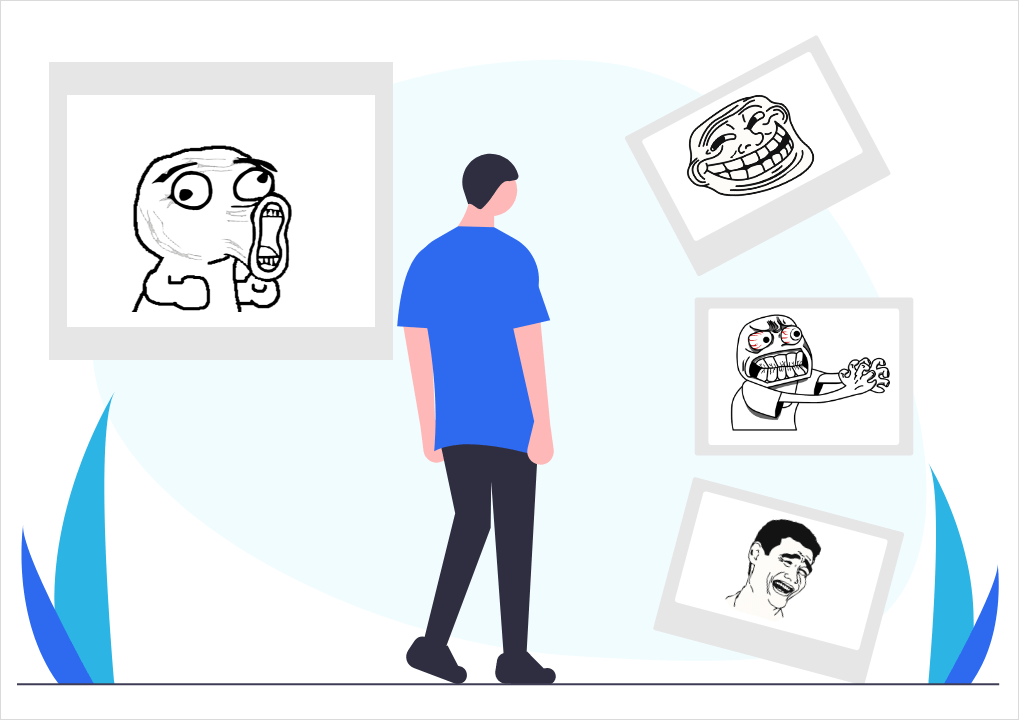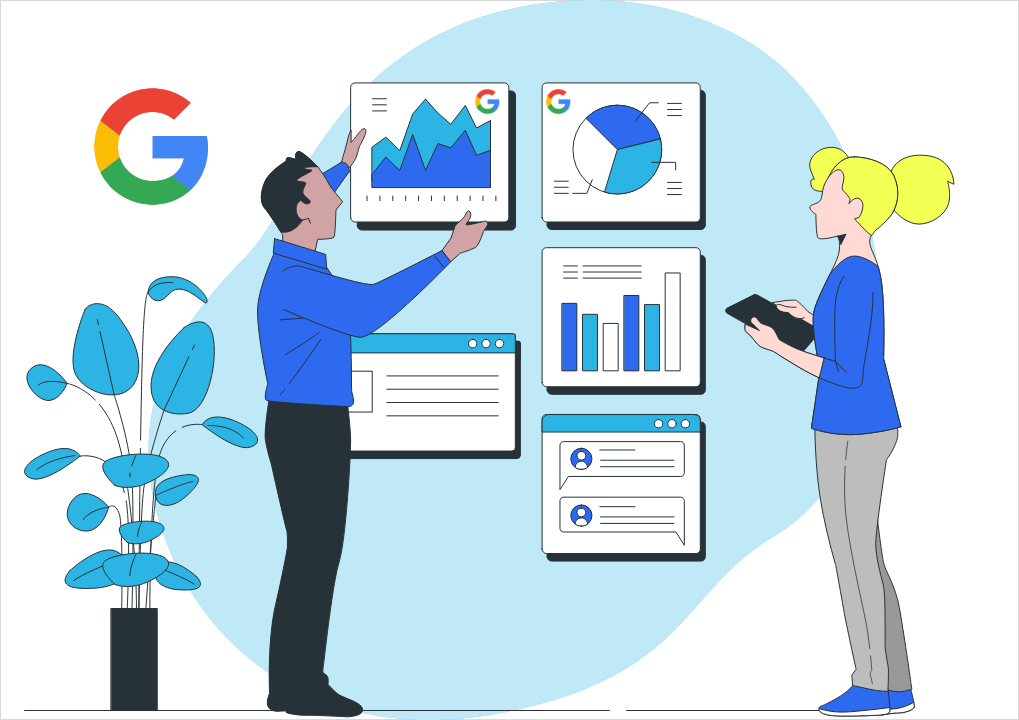With the boom of the use of online marketing by advertisers, users have become wary of being met with ads everywhere they look. For this reason, advertisers are resorting to creative approaches to make ads that will garner attention. We have previously advocated to test out ugly ads. But what about using memes as image ads, have you given that a thought?
The heavy use of social media apps by Millennials or Gen Z’s has led to rapid changes in the way we think about technology. These online platforms have a direct relationship with popular culture. They influence the way creators make content. Today’s youth have the power to make anything viral—either through praise or criticism—with the swift press of a button.
Memes seem to be at the center of social media platforms, giving a new set of characteristics to what tends to become viral. We’ve all seen them, funny images with sayings linked to important moments in pop culture. Memes can be endlessly recreated. This gives people the option to attach viral phrases to new images, or use a viral image and give it a new meaning.

So, if we know that content in the format of a meme has a greater chance to become viral, it makes sense to consider creating ads that fit these criteria. There many reasons why memes are great and worthy to explore in an online advertising context.
The key reason that these ads would work great is simple, they don’t look like ads! Modeling an ad after a meme strips it of the characteristics that users expect from ads. By looking like a funny picture that people already know and love, it makes it more likely that they will engage with the image. The recyclability of memes allows for this format to be applied to endless images and texts. Opening a window for advertisers to share information unusually.
In 2017, Denny’s began to make use of this tactic through Twitter. Creating social media ads with the same format as a meme that makes people zoom into a picture and look for funny messages. Denny’s even took it a step further by using words that are part of the modern teenage vernacular. Such as the slang word “lol” (laugh out loud). Even if this did not make every single user drive to Denny’s for some pancakes, it caused people to engage with the ad and praise the company.
That is another reason why memes are great—they’re fun! Besides using social media to communicate with people, many use it as a form of comic relief. Especially during times like these, people may look to log-in to their socials for a good laugh. Funny ads cause an emotional response that prompts people to either click or share with friends. Particularly if modeled after a meme that is currently popular.
Finally, creating ads like these can give a company personality. By looking into what people may enjoy and respond to, people see a company as more than a big corporation with investors behind it. It sends a clear message that the creators believe in their product or service, they’re having fun with it, and they want users to have fun with them too! The creators start to look more like a couple of guys having fun instead of a big, serious ad agency.
Before becoming overenthusiastic about the promise of using memes as advertisement, be aware that this approach may not work in every situation. We have to look into the context and see where it is appropriate to use comedy and pop culture references to advertise a product. We also have to investigate whether a picture or phrase has any underlying meanings.
Being open to explore memes in an online advertising context may at least get some laughs, and at most lead to a viral campaign or two. Try it out!






